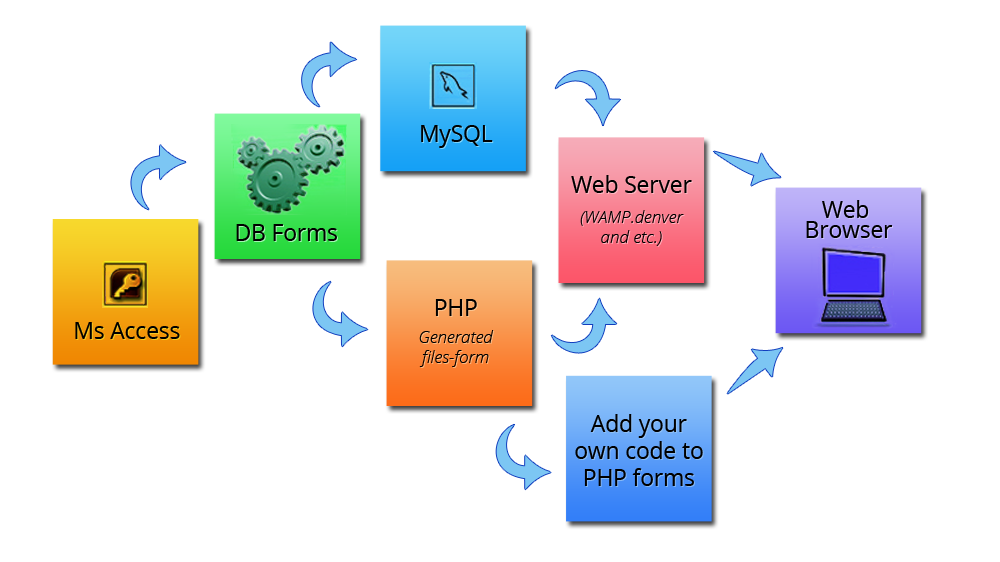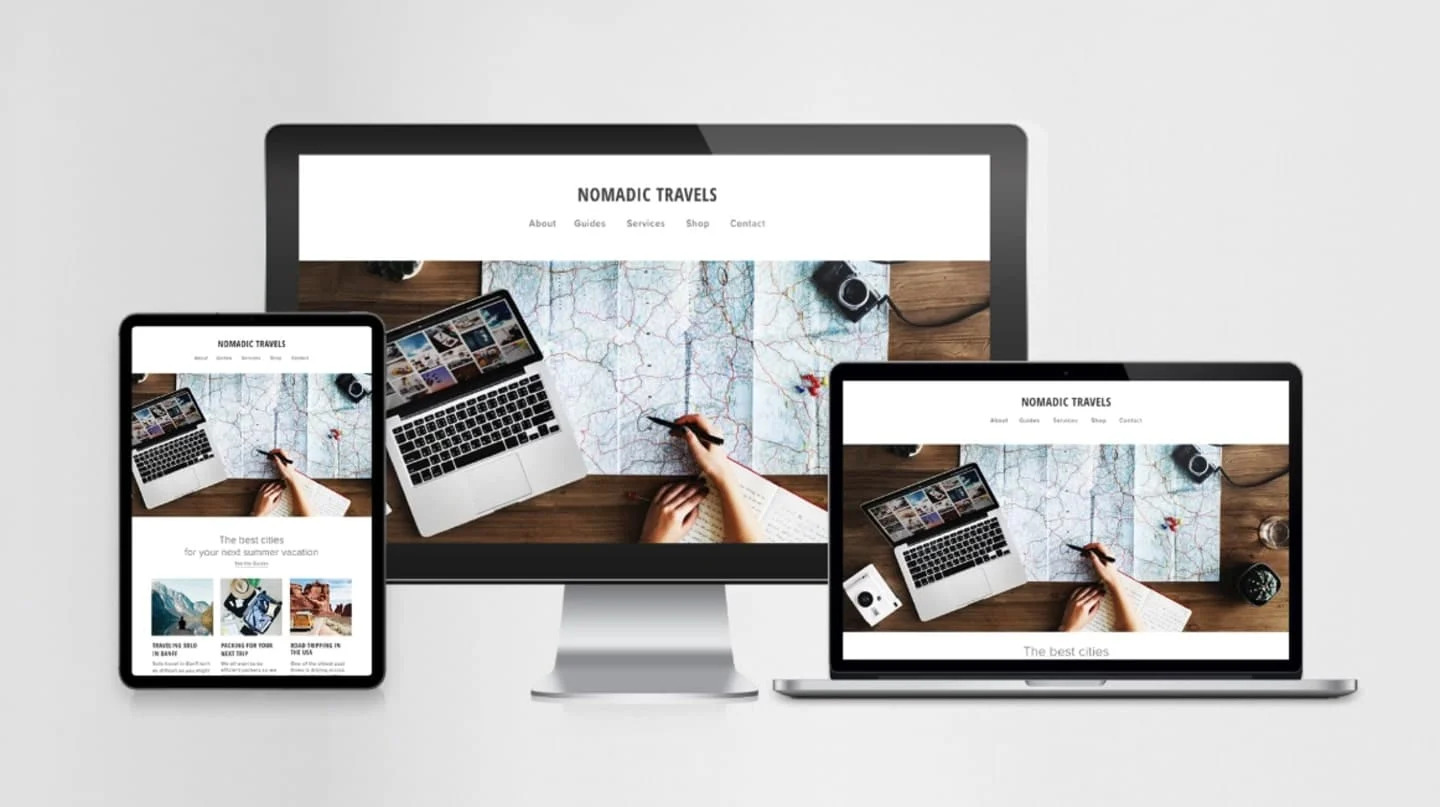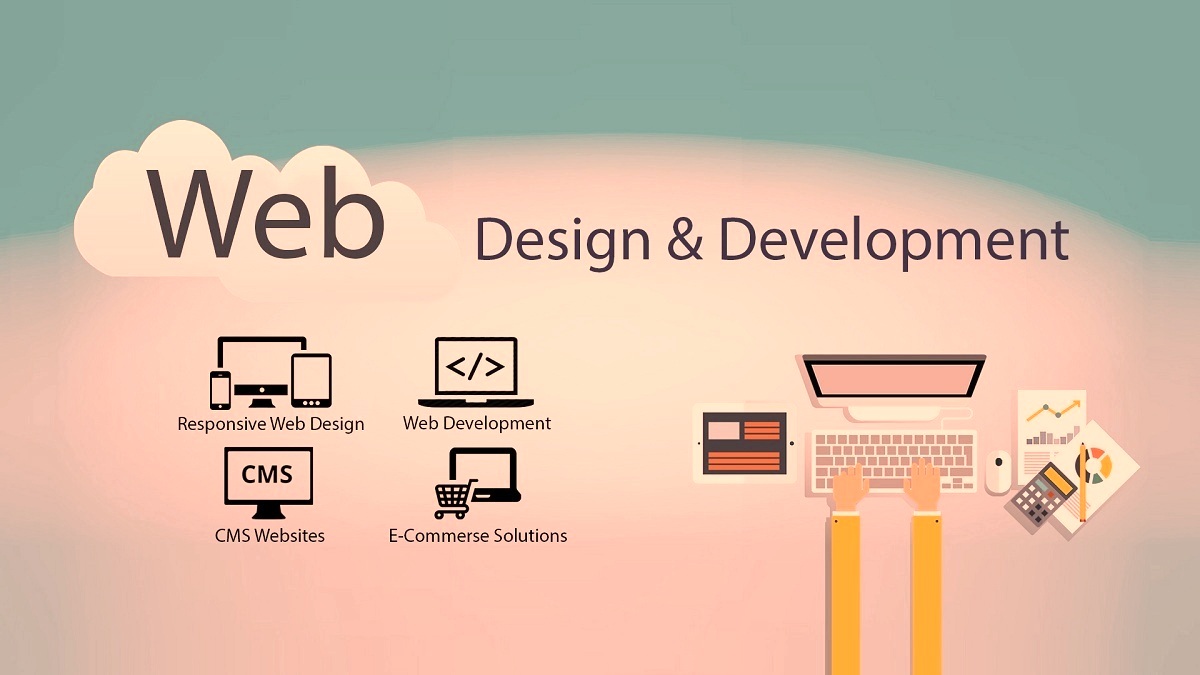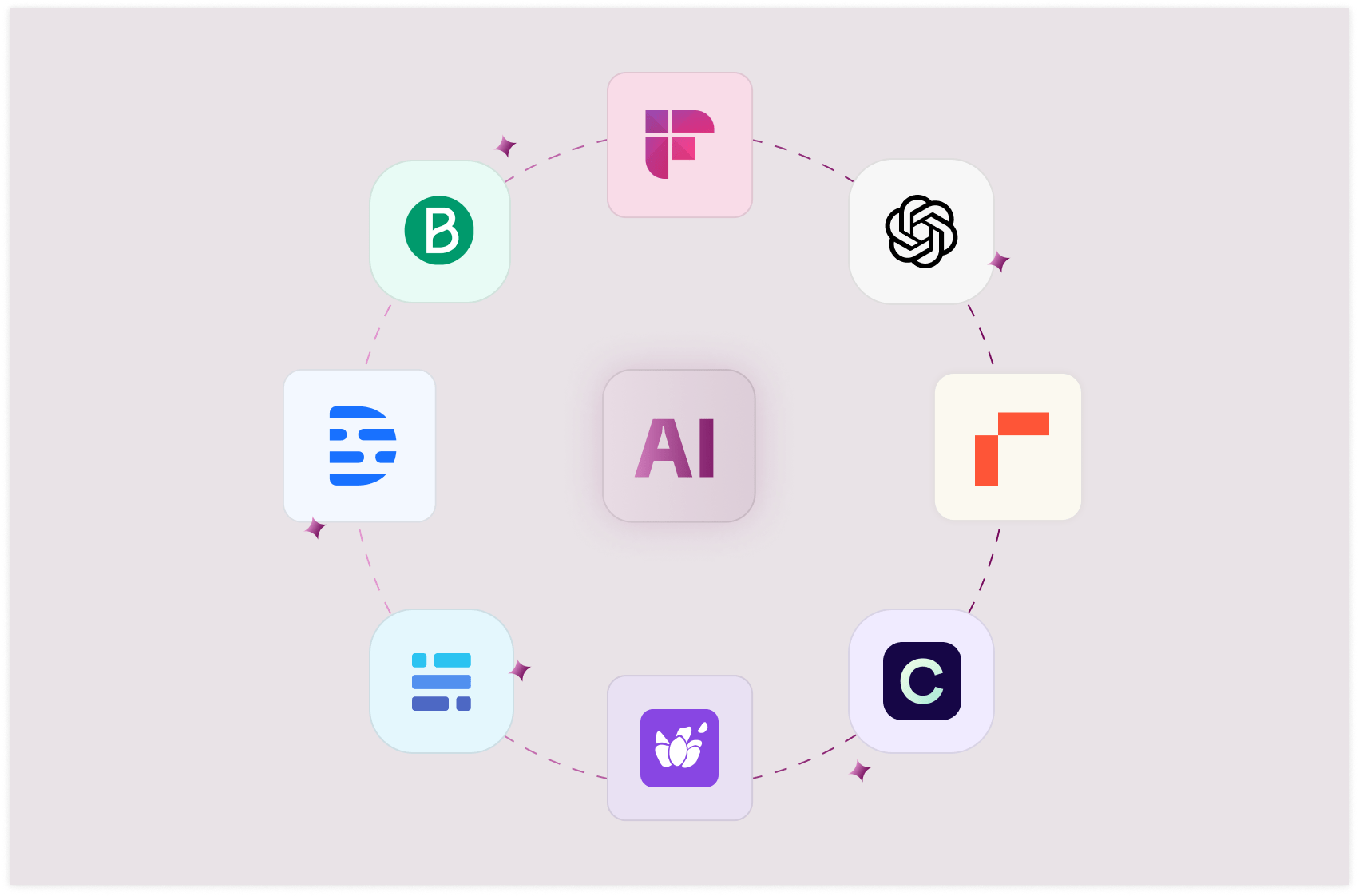
UX Meets UI: Designing Digital Experiences That Delight
In today’s fast-paced digital world, users expect more than just functional products—they expect experiences that are seamless, intuitive, and even enjoyable. This is where UX (User Experience) and UI (User Interface) design come together to create digital products that not only work well but feel good to use.
While UX design focuses on how a product functions and flows, UI design concentrates on how it looks and interacts with the user. When these two disciplines align, the result is a digital experience that’s smooth, efficient, and often invisible in its simplicity.
What Is the Difference Between UX and UI?
UX is about the overall feel of the experience. It encompasses the entire journey a user takes—from discovering the product to navigating and accomplishing their goals. UI, on the other hand, refers to the tangible elements users interact with: buttons, typography, spacing, icons, colors, and more.
Think of UX as the skeleton of a house and UI as the paint, furniture, and decor. Both are essential. You wouldn’t want to live in a beautifully painted house that’s structurally unsafe—or a well-built house that’s visually uninviting.
The Importance of User-Centered Design
User-centered design (UCD) is the foundation of great UX/UI. It involves understanding your users' behaviors, needs, and motivations through user research and then designing solutions based on those insights.
Some key UX/UI principles include:
-
Clarity over cleverness: Users shouldn’t have to think hard to use your product.
-
Consistency breeds familiarity: Consistent design reduces cognitive load and boosts usability.
-
Responsive design is a must: A mobile-friendly interface is non-negotiable today.
-
Accessibility counts: Design for everyone, including users with disabilities.
Best Practices for Combining UX and UI
-
Start with wireframes: Lay out the structure first to ensure a logical flow.
-
Prototype before you polish: Get user feedback early before finalizing the interface.
-
Use data, not assumptions: Analytics and usability testing will guide better design choices.
-
Visual hierarchy matters: Guide users’ eyes with contrast, spacing, and size.
-
Keep interactions intuitive: Don’t make users guess what a button does.
Common UX/UI Mistakes to Avoid
-
Overcomplicating the interface with too many features
-
Ignoring mobile optimization
-
Inconsistent styles and icons
-
Failing to validate with real users
-
Designing without accessibility in mind
✅ Conclusion:
Great digital design happens when UX and UI work in harmony. It's not just about making things look good—it's about making them work beautifully for the people who use them. By focusing on simplicity, usability, and empathy, you can create interfaces that don’t just function, but truly delight. Whether you’re designing a mobile app, a website, or a digital product, remember: the best design is invisible—it just works.






